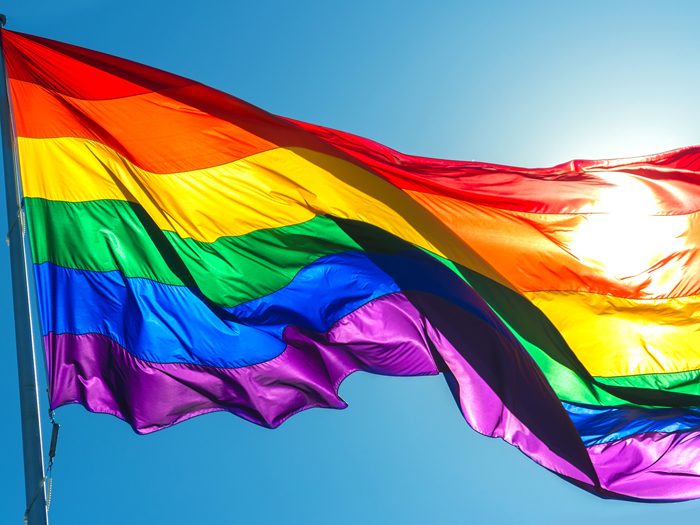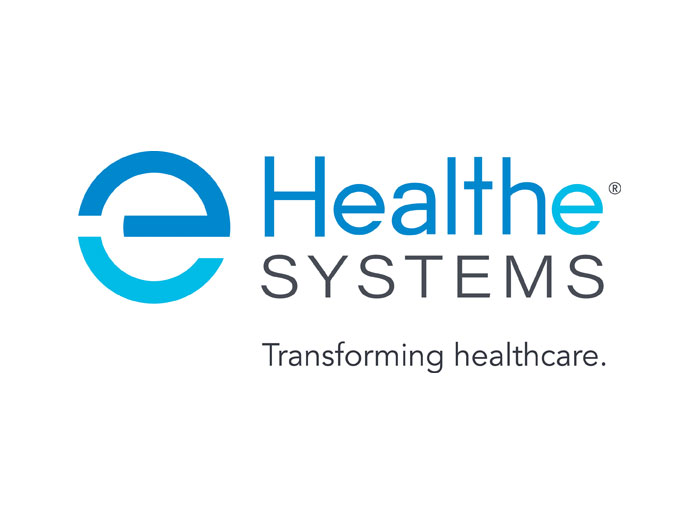Improving Outcomes
Building Trust With Injured LGBTQ Employees

Workers’ comp providers and payers in recent years have been taking note of the broad range of social and psychological issues that can impact recovery outcomes for injured workers. But a factor that flies mostly under the radar is how to navigate issues related to employees’ sexual orientation or gender identity.
Prompt reporting is a key concern with employees that identify as lesbian, gay, bisexual, transgender or queer (LGBTQ). Data from the Institute of Medicine and the Kaiser Family Foundation suggest that the LGBTQ population is more likely to delay or avoid seeking treatment because of past discrimination, said Genex branch supervisor Chikita Mann during a recent podcast on the Inside Workers’ Comp blog.
HIPAA privacy rules also work differently within workers’ comp, which can complicate things further, if employees are worried that sexual orientation or gender identity information might be included in the information disclosed to their employers.
Employers should consider the employment non-discrimination laws (or lack thereof) in the states where they operate. There are currently 28 states where employers are not barred from discriminating against or even firing employees because of their sexual orientation or gender identity.
LGBTQ employees working in those states understand all too keenly that even if the law states they can’t be fired for reporting an injury, their sexual orientation or gender identity could easily be used as a smokescreen to justify termination after filing a workers’ comp claim.
That’s why having a culture of inclusion and a track record of treating all employees with dignity is so important for employers, said Mann.
“When it comes down to it, the company’s culture really has a lot to do with getting the LGBTQ individual back to work,” she said. “If [LGBTQ individuals] feel that the culture of the company is not accepting of them, you have another brick wall as to trying to get them back to work, because it starts from the organization and it trickles down to the workers.”
And the same goes for the culture throughout a company’s workers’ compensation team, both in-house personnel and third-party providers that the injured employee might interface with.
If a gay employee is seriously injured, and the case manager assigned to him snubs or ignores the same-sex partner or spouse at his bedside in the hospital, the injured employee isn’t likely to feel respected, and will have precious little belief in whether his best interests will be looked out for by the workers’ comp team.
In turn, he’ll be less likely to comply with his treatment or return-to-work plan, and will be far more likely to feel that he needs a lawyer to represent him.
Even if it doesn’t come to that, said Mann, studies have found that LGBTQ employees are more likely to suffer from comorbidities such as depression and substance abuse. That makes it all the more urgent that employers connect with them in a positive way before they get isolated.
Setting the Right Tone
Including sexual orientation and gender identity in a company’s non-discrimination policy is important, but companies need to do more to create the kind of environment that will foster better outcomes for all employees.
“You’re dealing with diversity issues of course, but [it’s] really about inclusion, said Minnesota-based harassment and bullying consultant Susan Strauss.
“How do you establish and sustain an organizational climate that is inclusive of the LGBTQ community?”
That means looking at everything from a company’s mission statement and the kinds of advertising messages it presents to whether it includes the LGBTQ community in its recruitment outreach efforts and other community involvement.
“When people feel that they are being really treated with respect and with dignity, we’re going to get the buy in that we need from the individual in order to get back to work.” — Chikita Mann, branch supervisor, Genex
“Organizations should be involved in community efforts that are geared for the LGBTQ community, like any pride parade that might occur, or — depending upon the size of the community — an LGBTQ chamber of commerce,” said Stauss.
“There’s just so much that should be done. It should not be piecemeal. It needs to be a strategic approach.”
It comes down to making inclusiveness part of the organization’s corporate identify. Strauss noted that participating in the Human Rights Campaign’s Corporate Equality Index (CEI) can be a part of the overall strategy for some companies.
The index is the national benchmarking tool on corporate policies and practices pertinent to lesbian, gay, bisexual and transgender employees. Top scoring companies earn the distinction of “Best Places to Work for LGBT Equality.”
“Depending upon your score, that would be something that you would proudly display on your website,” said Strauss, letting potential employees and existing employees know about it.”
Non-government employers in the U.S. with 500 or more full-time employees can request to participate HRC’s Corporate Equality Index.
Ensure Partners Are Aligned
Case managers can help build trust with injured LGBTQ employees by consistently making it clear that the employee is understood and respected, said Genex’s Mann.
“When people feel that they are being really treated with respect and with dignity, we’re going to get the buy in that we need from the individual in order to get back to work,” she said.
“It’s even more critical with the LGBTQ individual, that we use the motivational interviewing skills. … We are letting them know that, ‘We’re here for you. We’re going to do our best to help you get the medical treatment that you need.’ “
Strauss added that employers should include LGBTQ philosophy among the things they look for in their workers’ comp partners and providers.
“Make sure that everybody you’re doing business with has been educated in what some of the unique challenges might be in dealing with an LGBTQ patient,” she said. The onus is on the employer to ensure that their partners share a commitment to respect, equality and non-discrimination.
Otherwise, “you’re running a risk of that patient being undermined and potentially discriminated against.”
The bottom line, said Mann, is that everyone who comes in contact with injured workers should be reinforcing how much each individual is valued as an employee.
“Everybody wants to be needed, and everybody wants to be shown that they have value. If we can do that, that will go a long way with the LGBTQ individual.”











